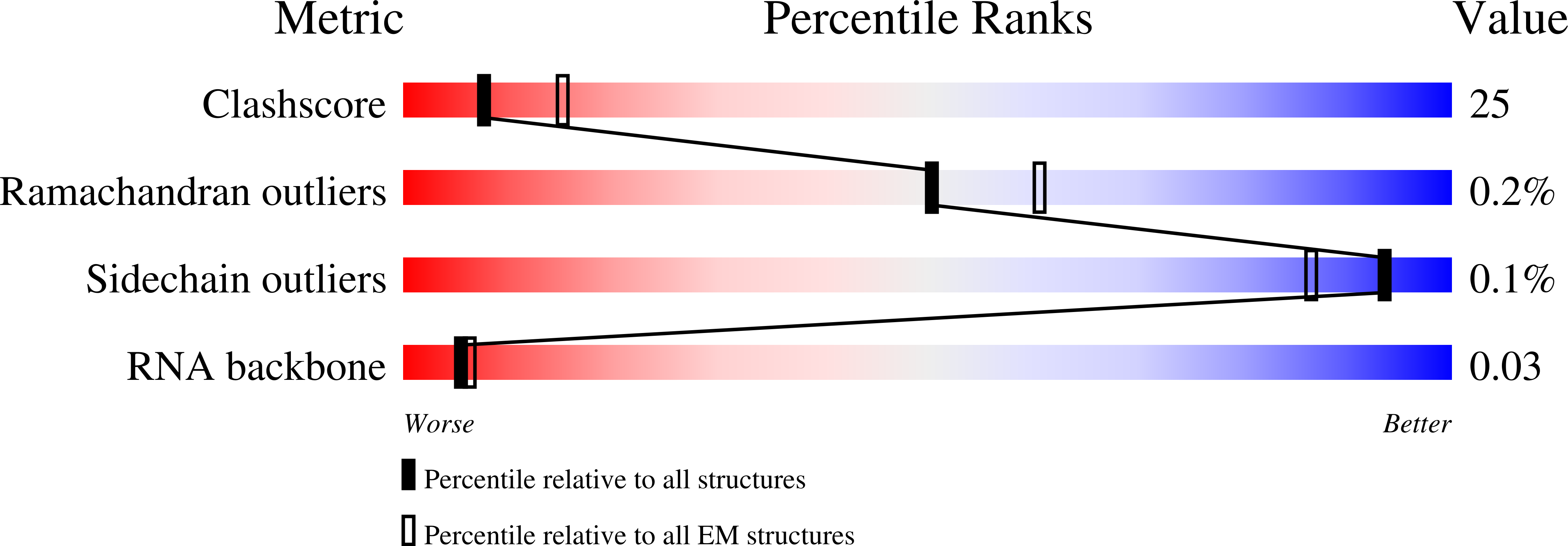
Deposition Date
2022-01-09
Release Date
2022-06-15
Last Version Date
2025-07-02
Entry Detail
Biological Source:
Source Organism:
Microbacterium ketosireducens (Taxon ID: 92835)
Host Organism:
Method Details:
Experimental Method:
Resolution:
3.80 Å
Aggregation State:
PARTICLE
Reconstruction Method:
SINGLE PARTICLE


